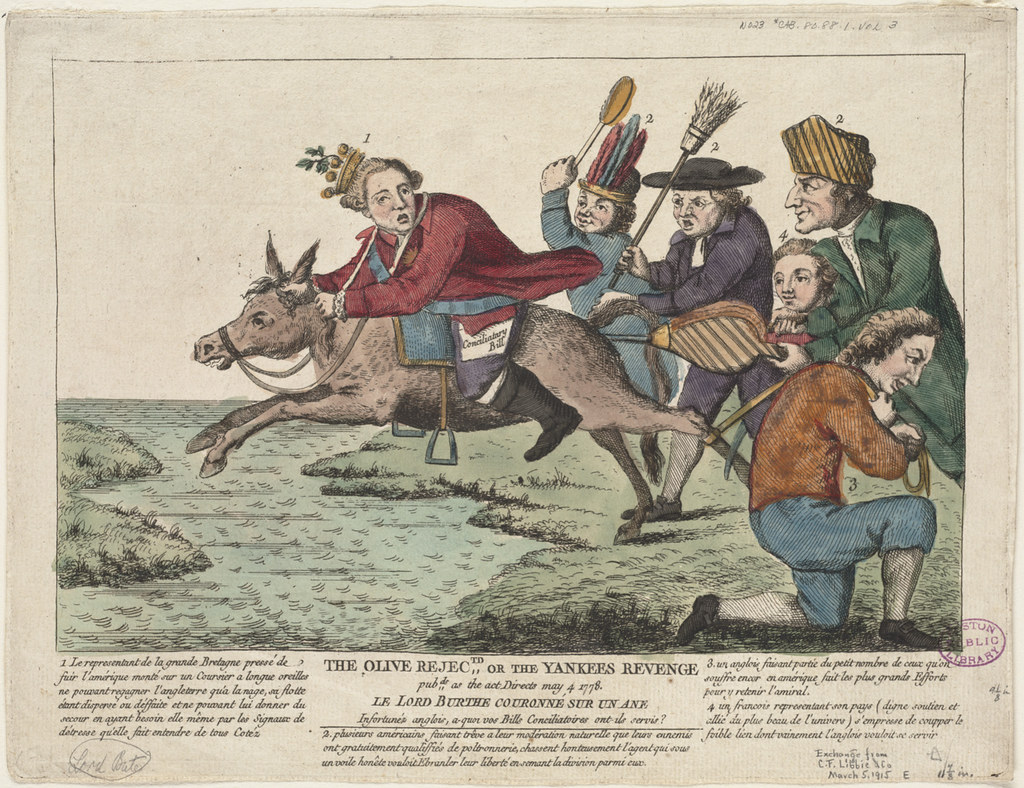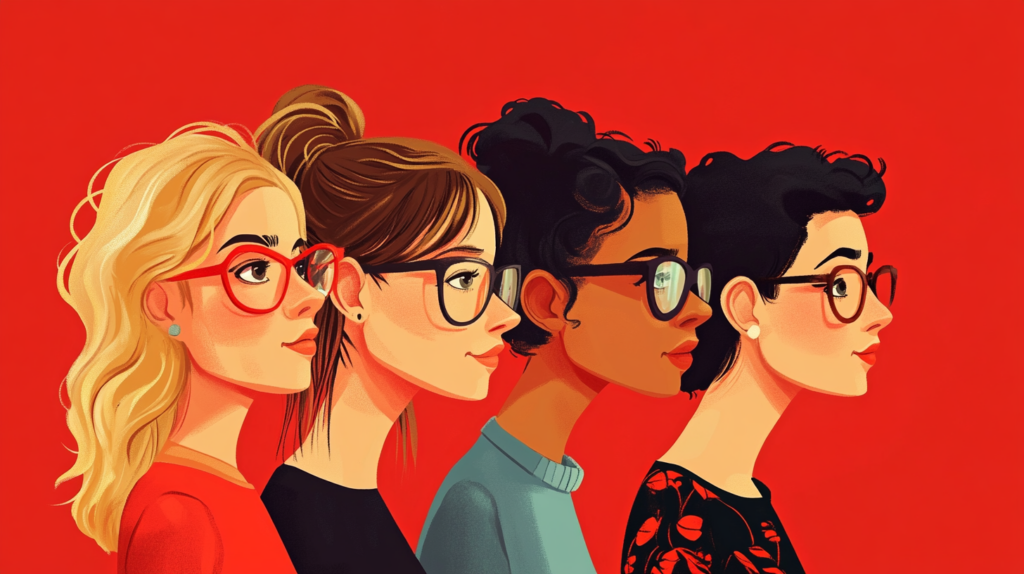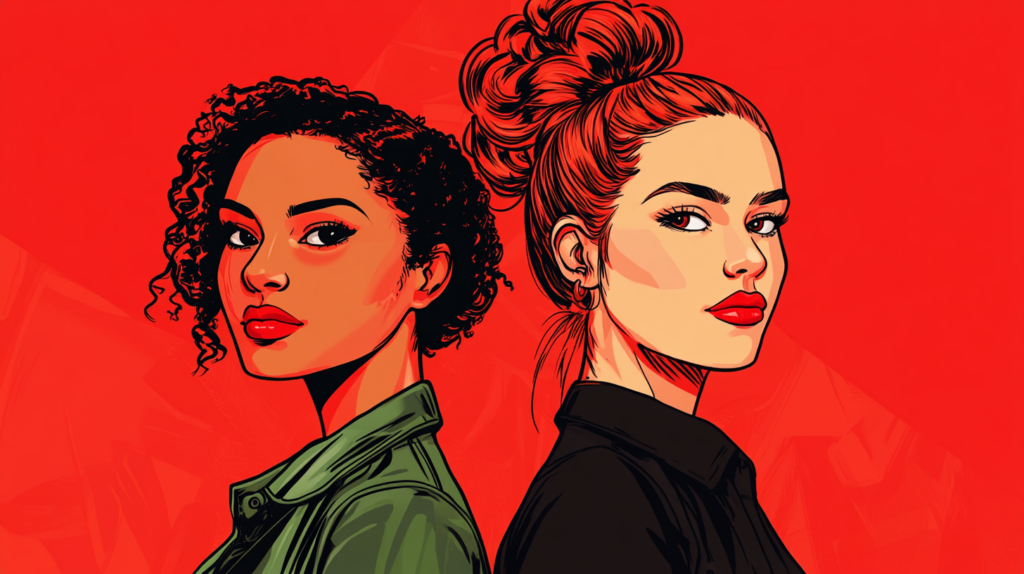Cartoons have long been more than just a source of humor or entertainment. Throughout history, they have served as a powerful medium for social commentary, often driving awareness and inspiring change. Through their unique blend of imagery and satire, cartoons can distill complex issues into simple, compelling narratives that resonate with a wide audience. Let’s explore how cartoons have been used as a tool for social change, from their historical roots to their modern-day impact.
1. The Power of Visual Storytelling
Cartoons excel at visual storytelling, a form of communication that transcends language barriers and connects with people on an emotional level. A single image can convey a powerful message, making it an effective tool for raising awareness about social issues. Whether addressing inequality, injustice, or environmental concerns, cartoons can simplify these topics, making them more accessible and easier to understand for a broad audience.
2. Historical Roots of Cartoons in Social Change
The use of cartoons for social change is not a modern phenomenon. As far back as the 18th century, political cartoons were used to critique authority and advocate for reform. During the American Revolution, cartoons played a role in mobilizing public opinion against British rule, while in France, satirical cartoons helped fuel the French Revolution by mocking the aristocracy and highlighting the plight of the common people. These early examples demonstrate the potential of cartoons to influence public sentiment and drive collective action.

3. Cartoons in the Fight for Civil Rights
In the 20th century, cartoons became a significant part of the civil rights movement in the United States. Cartoonists like Herblock (Herbert Block) used their platforms to challenge segregation and promote racial equality. Their work was instrumental in shaping public opinion, highlighting the injustices faced by African Americans, and supporting the broader goals of the movement. Cartoons served not only as a form of protest but also as a means of educating the public about the harsh realities of racism.
4. Environmental Activism and Cartoons
Environmental issues have also been a major focus of cartoonists seeking to drive social change. Cartoons have played a crucial role in raising awareness about climate change, pollution, and conservation. Artists like Gary Larson, creator of The Far Side, often used humor to highlight the absurdities of human behavior towards nature, encouraging readers to reconsider their impact on the environment. Today, environmental cartoons continue to serve as powerful tools in the fight against climate change, often going viral on social media and reaching a global audience.
5. Gender Equality and Feminism in Cartoons

Gender equality and feminist movements have found a strong voice in the world of cartoons. Cartoonists like Alison Bechdel, creator of the comic strip Dykes to Watch Out For, and Liza Donnelly, a long-time contributor to The New Yorker, have used their art to explore and critique societal norms around gender. These cartoons challenge stereotypes, highlight gender disparities, and advocate for the rights of women and marginalized communities. By bringing these issues into the public eye, cartoons have contributed to the ongoing dialogue around gender equality.
6. LGBTQ+ Rights and Representation
Cartoons have also played a pivotal role in advancing LGBTQ+ rights and representation. Artists like Howard Cruse, considered the godfather of gay comics, used their work to depict the struggles and joys of LGBTQ+ life, challenging homophobia and promoting acceptance. Today, LGBTQ+ cartoonists continue to push boundaries, using their platforms to advocate for equality and celebrate diverse identities. Cartoons offer a unique way to humanize LGBTQ+ issues, making them more relatable and understandable to broader audiences.

7. The Role of Cartoons in Human Rights Advocacy
Cartoons have been used to advocate for human rights across the globe. From highlighting the plight of refugees to condemning torture and human trafficking, cartoons can draw attention to some of the most pressing human rights issues of our time. Organizations like Amnesty International and Human Rights Watch often use cartoons in their campaigns to raise awareness and provoke action. The simplicity and emotional impact of cartoons make them effective in cutting through the noise and reaching people’s hearts and minds.
8. The Internet and the Global Reach of Cartoons
The advent of the internet has amplified the impact of cartoons as tools for social change. Social media platforms have allowed cartoonists to reach a global audience instantly, bypassing traditional gatekeepers and giving voice to a wider range of perspectives. Viral cartoons can spark international conversations, bringing attention to social issues that might otherwise be overlooked. The global reach of the internet has also facilitated collaboration among cartoonists from different cultures, leading to a richer and more diverse dialogue around social change.
9. Cartoons as a Catalyst for Youth Activism
Cartoons have a unique appeal to younger audiences, making them an effective tool for engaging youth in social issues. Educational cartoons, for instance, can introduce children and teenagers to important topics like bullying, climate change, and social justice in a way that is engaging and accessible. Additionally, young activists often use cartoons to express their views and mobilize their peers. The combination of visual appeal and powerful messaging makes cartoons a potent catalyst for youth activism.

10. Humor and Satire: A Double-Edged Sword
While humor and satire are central to many cartoons, they can be a double-edged sword. On one hand, they make difficult topics more approachable and can diffuse tension, making it easier to discuss sensitive issues. On the other hand, humor can sometimes be misinterpreted or dismissed as trivializing serious matters. Cartoonists must strike a delicate balance, ensuring that their work is both impactful and respectful of the issues they address. When done effectively, humor can be a powerful tool for breaking down barriers and prompting reflection.
11. The Ethical Responsibility of Cartoonists
Cartoonists wield significant influence, and with that influence comes ethical responsibility. When creating content aimed at driving social change, cartoonists must consider the potential impact of their work. This includes being mindful of how their cartoons might be perceived by different audiences, avoiding harmful stereotypes, and striving to promote constructive dialogue. Ethical cartooning involves a commitment to truth, fairness, and respect for the dignity of all people, even when critiquing societal issues.
12. Case Studies: Cartoons Driving Social Change
There are numerous examples of cartoons driving social change throughout history. For instance, during the suffrage movement, cartoons were used to advocate for women’s right to vote, often depicting suffragettes as strong, intelligent, and capable leaders. In more recent years, cartoons like The Adventures of Tintin have been re-evaluated for their colonialist themes, prompting discussions about the impact of media on societal attitudes and leading to greater awareness of cultural sensitivity.

13. The Role of Cartoons in Political Movements
Political movements have long recognized the power of cartoons to galvanize support and spread their messages. During the Arab Spring, for example, cartoonists played a key role in mobilizing protestors and criticizing authoritarian regimes. Their work, often shared widely on social media, helped to sustain the momentum of the uprisings by keeping the public engaged and informed. Cartoons, with their ability to encapsulate complex political ideas in a single image, remain a vital tool in political activism.
14. Cartoons and Censorship: Challenges to Social Change
Despite their potential to drive social change, cartoons often face censorship, especially in authoritarian regimes. Governments may suppress cartoons that challenge the status quo, threaten their authority, or highlight societal issues they would rather keep hidden. Cartoonists who persist in creating such content often do so at great personal risk, facing harassment, imprisonment, or even violence. The fight against censorship is, therefore, an ongoing struggle for cartoonists committed to using their art as a tool for social change.

15. The Future of Cartoons in Social Change
As society continues to evolve, so too will the role of cartoons in driving social change. Advances in technology, such as digital animation and virtual reality, will open new possibilities for storytelling and engagement. Meanwhile, the growing emphasis on diversity and inclusion will likely result in a broader range of voices and perspectives in cartooning, further enriching the conversation around social issues. The future of cartoons in social change is bright, with endless possibilities for innovation and impact.
Conclusion: Cartoons as Agents of Change
Cartoons are more than just a form of entertainment; they are a powerful tool for social change. By combining visual storytelling with humor, satire, and a deep understanding of societal issues, cartoonists can challenge the status quo, inspire action, and foster dialogue. Throughout history, cartoons have played a crucial role in movements for civil rights, gender equality, environmental protection, and more. As we look to the future, the potential for cartoons to drive positive change remains as strong as ever, reminding us of the enduring power of art to shape the world.



